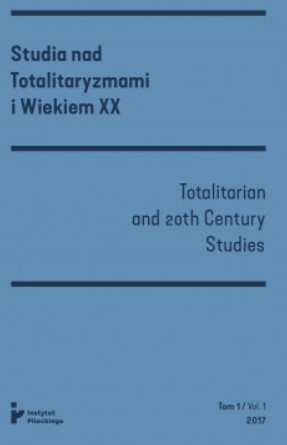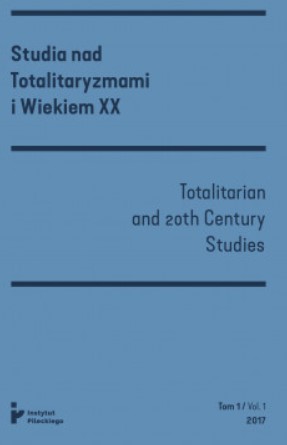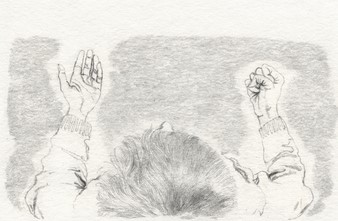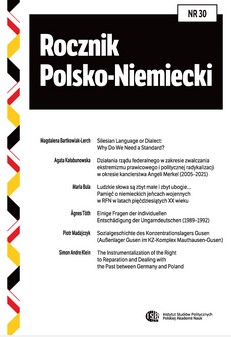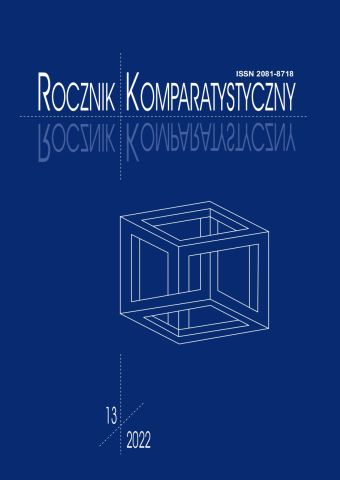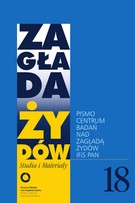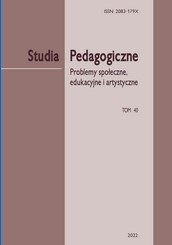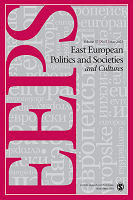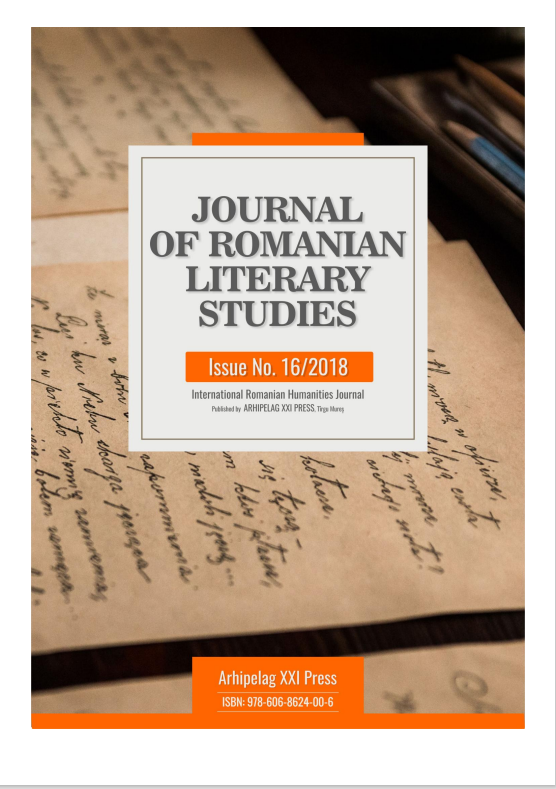
WAS POPE PIUS XII “HITLER’S POPE”?
The role of Pope Pius al XII-lea (Eugenio Pacelli) during the World War II is a highly controversial one, as a result of the fact that the archives of the Vatican are still closed. For many years, this Pope was accused of lack of reaction regardind to the Holocaustřs deportations and exterminations, and he was even called „Hitlerřs Popeŗ. The problem turned out to be a sensitive issue for the Papacy after the war, and remain so even in our days. At present, the Papacy tries a rehabilitation of him, a very important step in that direction being the announcement of the anticipated opening of the documents, in order to clarify the role of the Pope Pius al XII-lea during the World War II, decided by Pope Francisc, and conferences which are dedicated to the Papacy of those terrible years.
More...
